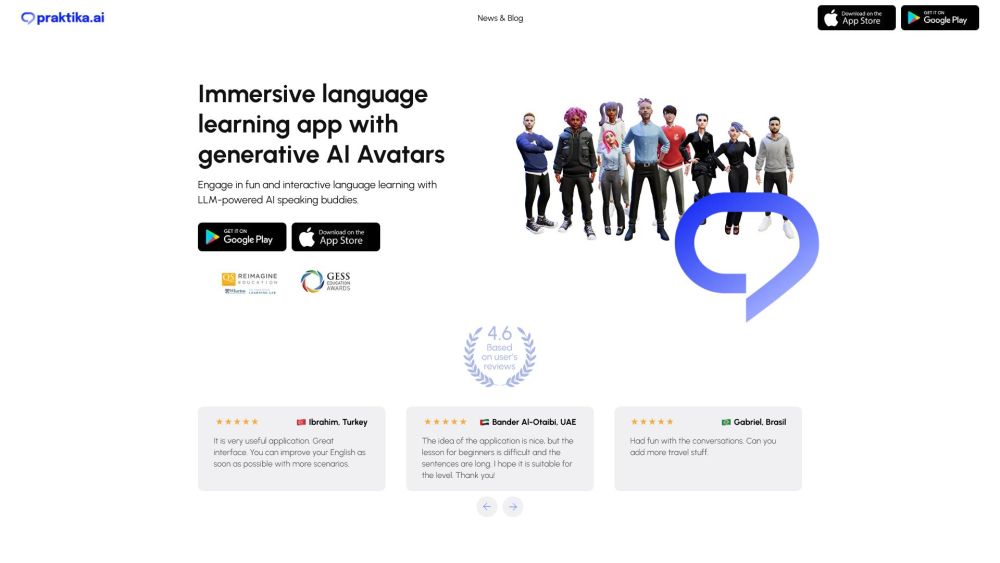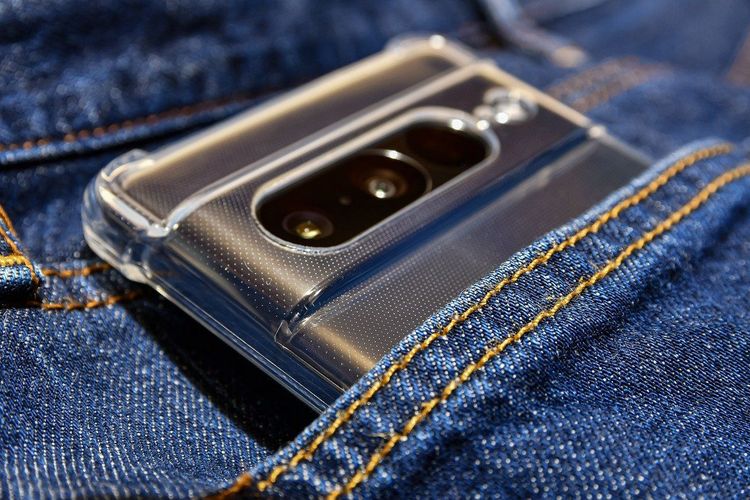Dr. Mario did not prepare us for this. In a groundbreaking effort, researchers from UC San Francisco and UC Berkeley, in collaboration with Edinburgh-based Speech Graphics, have developed a revolutionary communication system that enables a woman paralyzed by a stroke to speak freely through a digital avatar controlled by a brain-computer interface (BCI).
BCIs are innovative devices that monitor the electrical signals generated by the brain and convert them into digital inputs that computers can interpret. Led by Dr. Edward Chang, chair of neurological surgery at UCSF, the team implanted a 253-pin electrode array into the patient's speech center. This array captured the electrical signals meant to activate her jaw, lips, and tongue, transmitting them through a port in her skull to a processing unit. Over several weeks, a machine learning AI was trained to recognize the patient's unique signal patterns for over 1,000 words.
In addition to text-based communication, the AI interface enables her to "speak" using a synthesized voice, crafted from recordings of her natural voice prior to her paralysis—a technique reminiscent of creating digital representations of celebrities. The researchers partnered with Speech Graphics, renowned for their photorealistic facial animation technology seen in popular video games like Halo Infinite and The Last of Us Part II, to create the patient's avatar. This technology analyzes audio input to simulate the facial movements necessary for real-time animation, ensuring a lagless experience.
Crucially, the direct mapping of the patient’s mental signals to her avatar allows her to express emotions and communicate nonverbally. "Creating a digital avatar that can speak, emote, and articulate in real-time, directly connected to the subject’s brain, showcases the potential of AI-driven interfaces beyond gaming," stated Michael Berger, CTO and co-founder of Speech Graphics. "Restoring voice is remarkable, but reintroducing facial communication restores a sense of embodiment and control for patients who have lost it."
BCI technology has evolved since its inception in the early 1970s, with significant advancements in processing power driving renewed interest in the field. Several well-funded startups are now competing for FDA approval, following notable milestones. Brooklyn-based Synchron gained attention last year as the first company to successfully implant a BCI in a human patient, while Elon Musk’s Neuralink has recently entered restricted FDA trials amid scrutiny over its testing practices.





